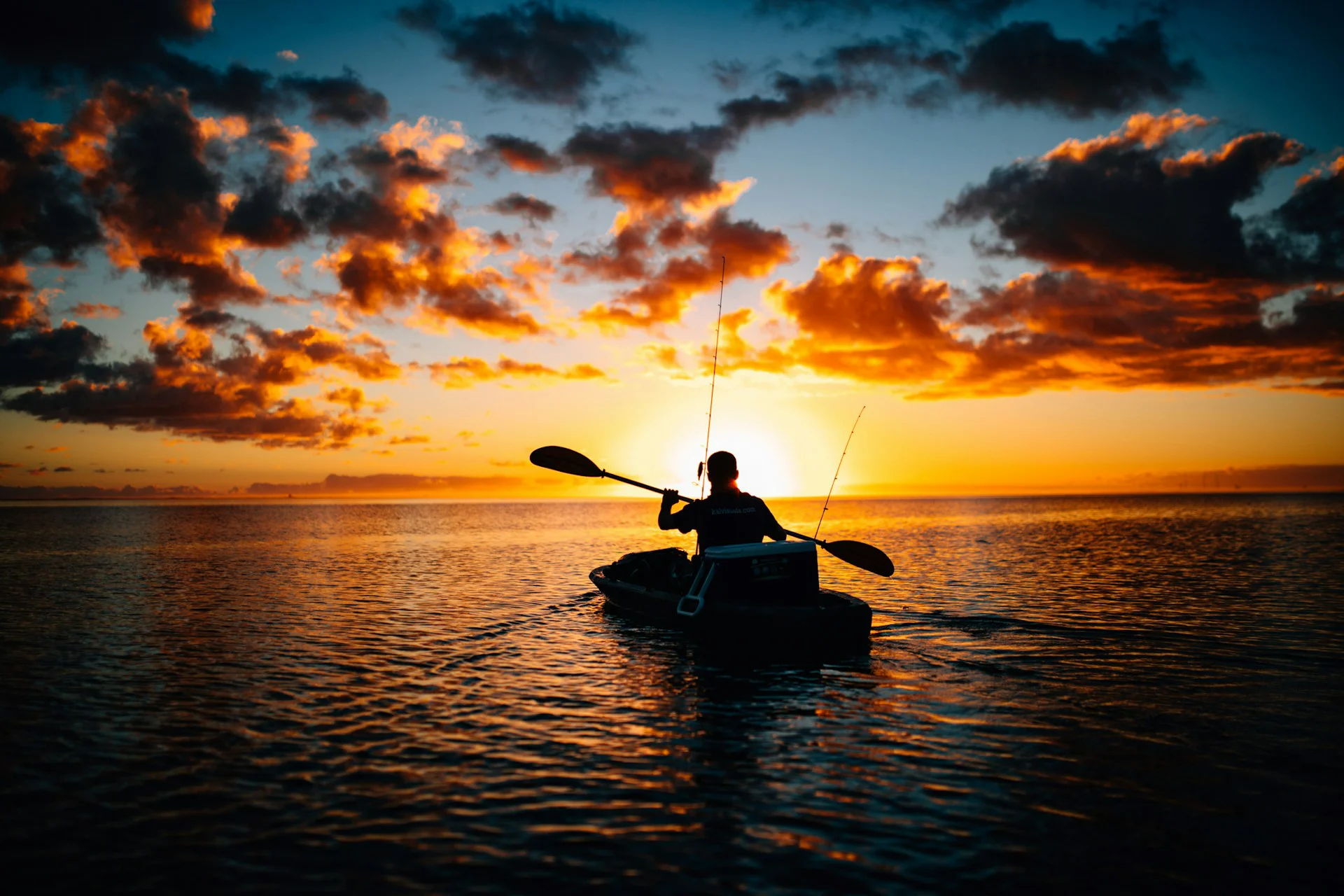
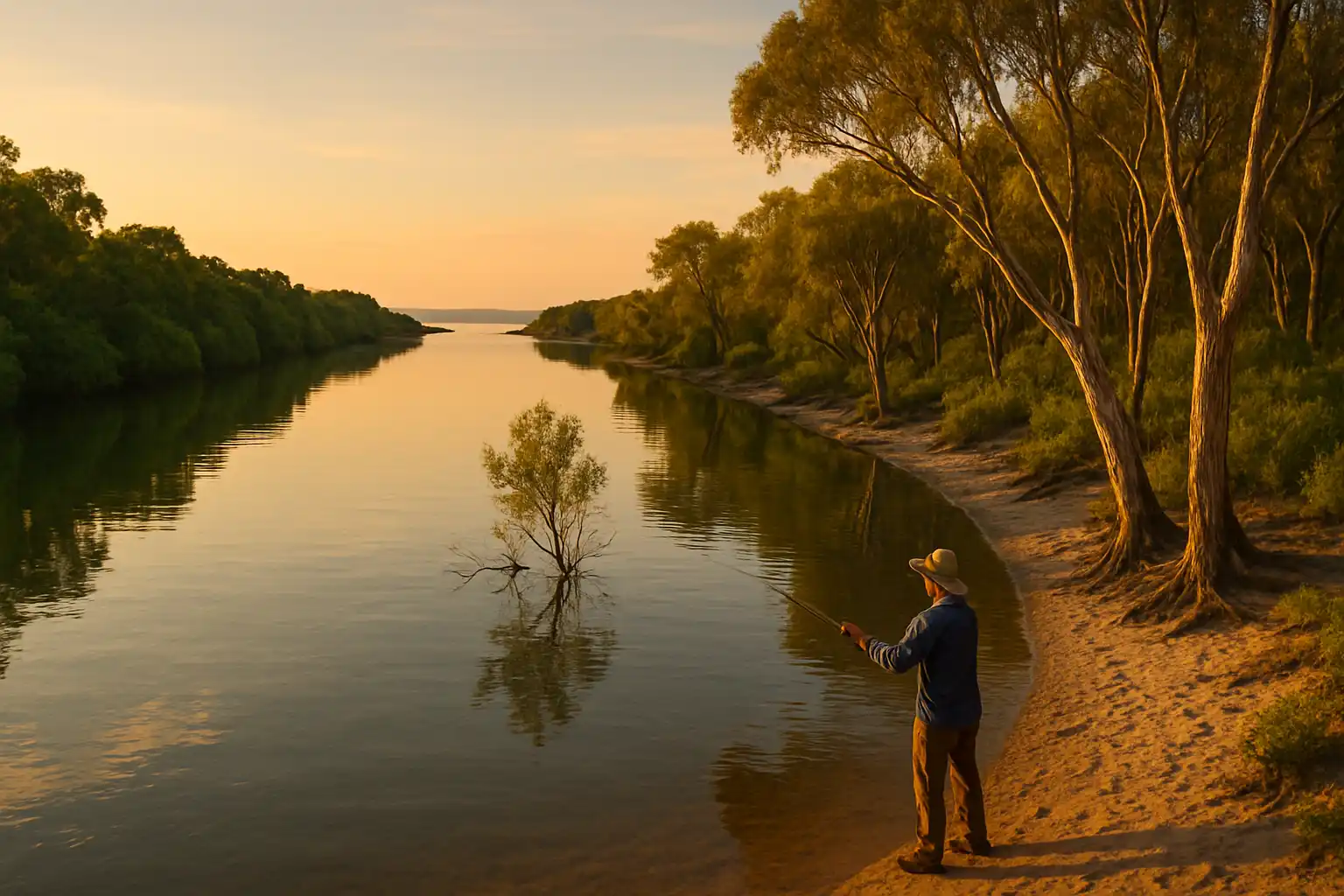
Discover the Best Estuary Fishing Across Western Australia
Western Australia’s estuaries offer some of the most rewarding fishing experiences — from bustling city rivers to secluded coastal inlets. Whether you’re targeting bream, flathead, mulloway, or even the elusive mangrove jack, estuary fishing combines easy access with incredible variety. In this guide, we’ll uncover top estuary locations, share essential tips, highlight seasonal patterns, and link you to local tide times and conditions for planning your next trip.
Western Australia’s estuaries are rich, diverse ecosystems where freshwater meets the salt, creating prime conditions for a huge variety of fish species. Unlike open beach or offshore fishing, estuary environments offer calm, sheltered waters that make them ideal for family outings, relaxed solo sessions, or targeting trophy fish in secluded backwaters.
From iconic city rivers like the Swan to remote coastal inlets in the South West and Great Southern, WA’s estuaries are teeming with black bream, flathead, mulloway, whiting, and even surprise visitors like mangrove jack and barramundi in the north. Many spots are easy to access by foot, kayak, or small boat, and offer year-round opportunities — especially if you time your trips around the tides.
Whether you’re casting soft plastics around a river bend, soaking live bait along a jetty, or chasing a big mulloway after dark, WA’s estuaries deliver exciting, versatile fishing without the need for heavy offshore gear.
From the metropolitan waterways of Perth to the pristine inlets of the South Coast, Western Australia’s estuaries offer a huge range of fishing opportunities. Whether you’re chasing bream in calm urban stretches or hunting mulloway in remote coastal systems, here are some of the top regions to explore:
The Swan and Canning rivers flow through the heart of Perth, offering countless fishing spots from jetties, riverbanks and boats. With a strong black-bream population and seasonal runs of flathead, tailor and mulloway, they’re perfect for anglers wanting action close to the city. Early-morning and dusk sessions near structure produce the best results.
Mandurah’s Peel-Harvey Estuary system offers a vast playground for fishers and crabbers alike. Its sprawling shallow waters are ideal for families, kayak anglers and those chasing both fish and blue swimmer crabs. Whiting, flathead and tailor are abundant, with prime spots easily accessed by road or boat.
The Blackwood River winds through one of WA’s most picturesque regions, delivering a relaxed fishing experience surrounded by nature. It’s a prime spot for black bream, estuary perch and mulloway, with easy kayak access and calm waters perfect for light-tackle enthusiasts.
Tucked into WA’s southern forests, the Walpole and Nornalup Inlets are pristine estuarine systems known for trophy black bream and clear, sheltered waters. The quiet environment and healthy fish stocks make it a favourite for serious estuary anglers and nature lovers alike.
A short drive from Albany, the Kalgan River consistently produces quality bream and the occasional mulloway. With both land-based spots and boat ramps available, it’s a top choice for serious estuary fishers looking for dependable action.
In Kalbarri’s north, the Murchison River offers one of the best estuarine fisheries in the region. Bream, estuary cod and whiting are common, and lucky anglers may even encounter a barramundi during warmer months. Easy access along the riverbank makes it a favourite for visiting fishers.
Fishing WA’s estuaries doesn’t require heavy offshore gear — but having the right setup makes a huge difference. Estuary fishing is often about finesse, patience, and working structure like jetties, drop-offs, and mangrove edges. It’s also important to stay safe, especially when fishing around tidal areas or launching small watercraft.
Here’s what you’ll need to make the most of your estuary fishing adventures:
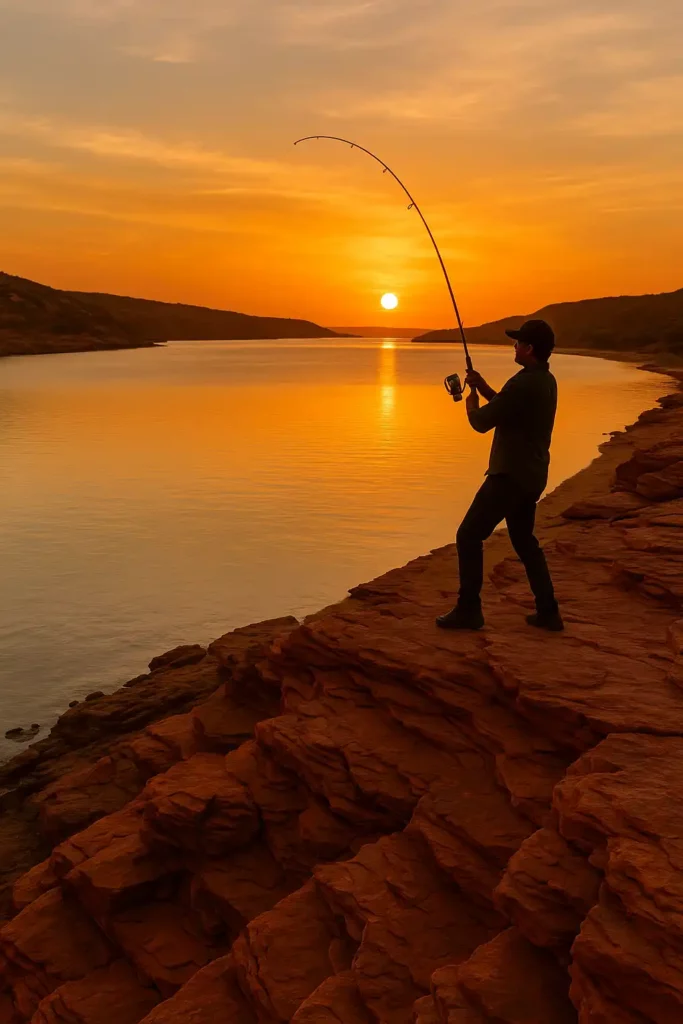
Fish the change of tide for your best shot at success.
Many estuary species like bream, flathead, and mulloway feed most actively around the last hour of the run-out tide and the first push of the incoming tide. Plan your sessions around these tidal windows, and focus your efforts near drop-offs, deep holes, and structure where baitfish gather. A well-timed cast during a tide change often makes the difference between a quiet day and a memorable catch.
Estuary fishing rewards anglers who pay attention to the little details. Whether you’re working a jetty, a winding river or a wide coastal inlet, these simple tips can help turn an average session into a standout one:
Target submerged trees, rock walls, jetties and channel edges where fish shelter and ambush prey.
Focus on the last two hours of the outgoing tide and the first hour of the incoming tide — baitfish move and predators follow.
When chasing bream or whiting in clear water, scale down to light leaders and small lures for more strikes.
Vary retrieve speeds and styles: slow hops for bream, faster burns for flathead or tailor.
If you’re not getting bites, keep moving — work different banks, depths and structures.
Diving birds, jumping baitfish or surface boils often reveal where predators are hunting.
In clear estuary water, smaller lures and lighter leaders consistently catch more fish.
If the bite is tough, downsize your presentation and slow your retrieve — natural-looking baits and a subtle approach often fool wary fish like big bream and flathead.




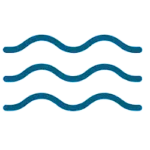


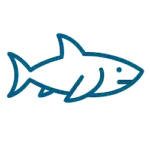
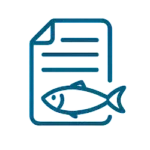

Affiliate Disclosure: We are a participant in the Amazon Services LLC Associates Program, an affiliate advertising program designed to provide a means for sites to earn advertising fees by linking to Amazon.com. As an Amazon Associate, We earn from qualifying purchases. Your support helps us keep this site running—thank you!